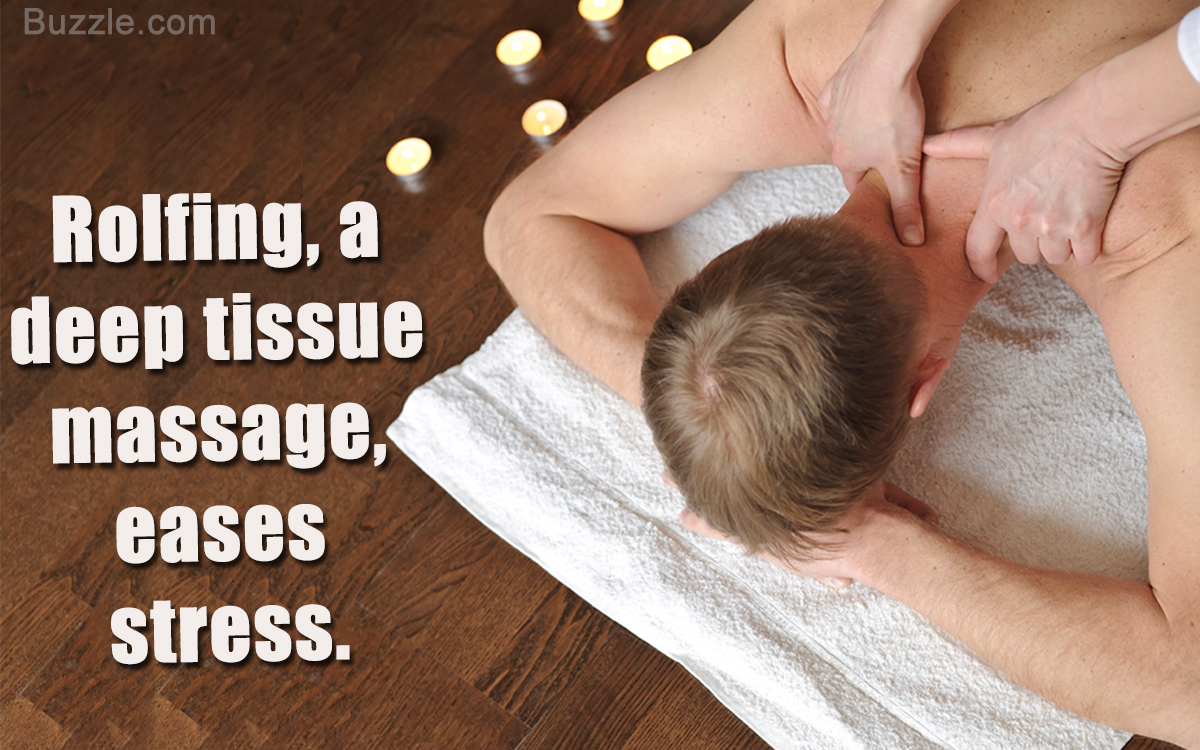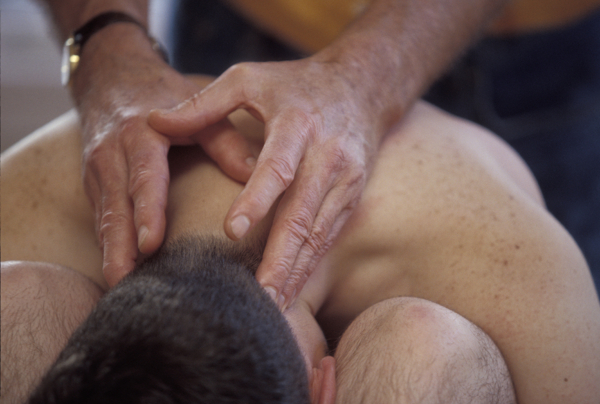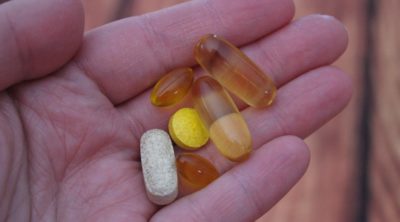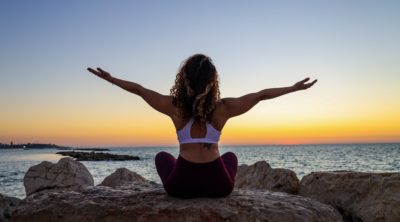
Rolfing massage is a deep tissue massage technique. It is said to relieve stress and help improve posture.
Rolfing massage, or any other massage for that matter, always concentrates on relieving stress levels and aches in soft tissue. While improving the circulation of blood throughout the body, a massage can improve your bodily functions and mental outlook. If a person is already on the path of a healthier lifestyle and fitness regime, a massage can provide more physical and mental benefits. But how is the Rolfing massage different from a traditional massage? Let’s find out.
What is Rolfing Massage Therapy about?
Apart from providing all the benefits we just discussed earlier, Rolfing takes a step ahead of them. The massage was originally developed by Dr. Ida P. Rolf, who was a biochemist. Initially, she had named this practice Structural Integration, but over the years, the name became more popular as Rolfing.
Poor lifestyle habits, like long working hours in a sedentary position, have resulted in bad posture for many. Our body’s muscles familiarize themselves with this abnormal pattern and the connective tissues alter from their original shape. The formation of thick plates called fascia begin to occur due to the deformed connective tissues. The thick plates then keep advancing this abnormality, resulting in bad posture for an extended period of time and there is an imbalance in our muscular system.
What the massage therapy does is break these thick plates and help in restructuring your body’s deformed posture and muscles. Your overall health also improves as your body is restored with your body’s gravity in the center and the earth.
How does the Rolfing Massage work?
When this massage technique is applied, it realigns your body to its ideal posture, and also aids in revealing physical or psychological issues, if any. The massage is done with fingers or elbow to move the thick plates so that the therapist can bring back the same elasticity back in the body.
The therapy is conducted in 10 sessions where all the 3 stages are involved. In between each session, there is a mandatory one week’s break.
Stage #1 – This stage requires palpation where the therapist closely examines the thick plates. This is essential so that the therapist can then understand if that person needs the treatment or not.
Stage #2 – If the massage therapy is required, then the therapist begins to separate the layers of thick plates. These plates cling to the muscles hence misplacing the muscles. This can cause strain and/or injury later on.
Stage #3 – In this stage, the process of integrating the body takes place as the therapist relates the body’s segments. The proper physical balance is restored with your body’s gravity in the center and the earth.
Before this massage therapy is conducted, the patient is asked to provide their entire medical and personal history. This information, about their lifestyle, eating and sleeping habits, injuries, medical issues, occupation, etc., is very important as it can help in restructuring your posture. As the massage techniques are used, it will make you feel relaxed. Also, it is a good idea to finish the entire course of treatment to gain maximum benefits.



